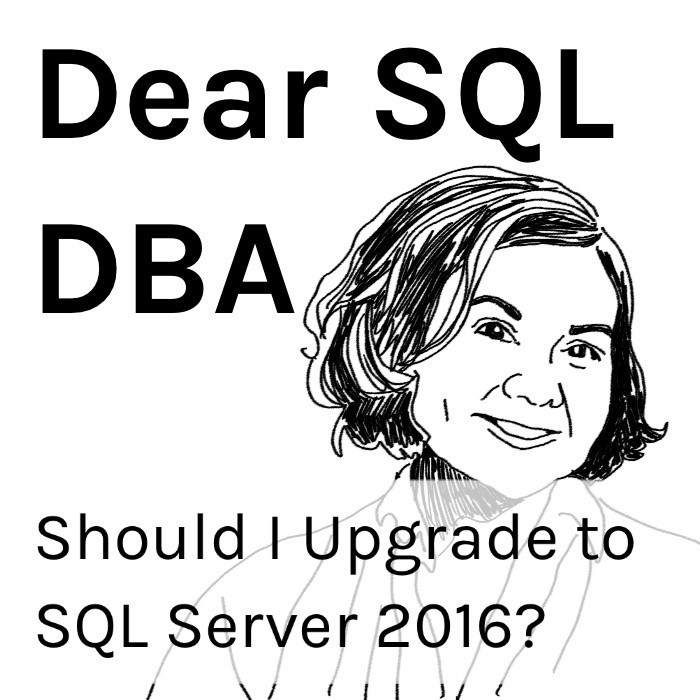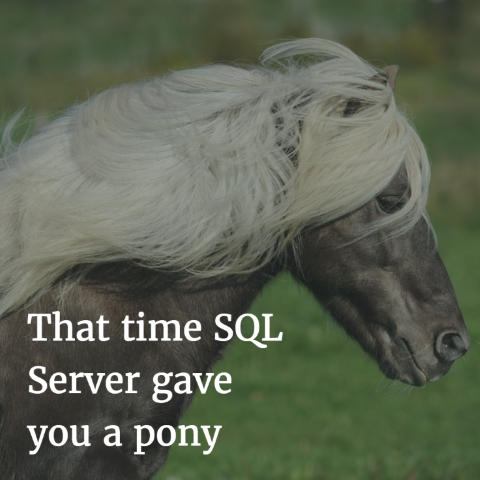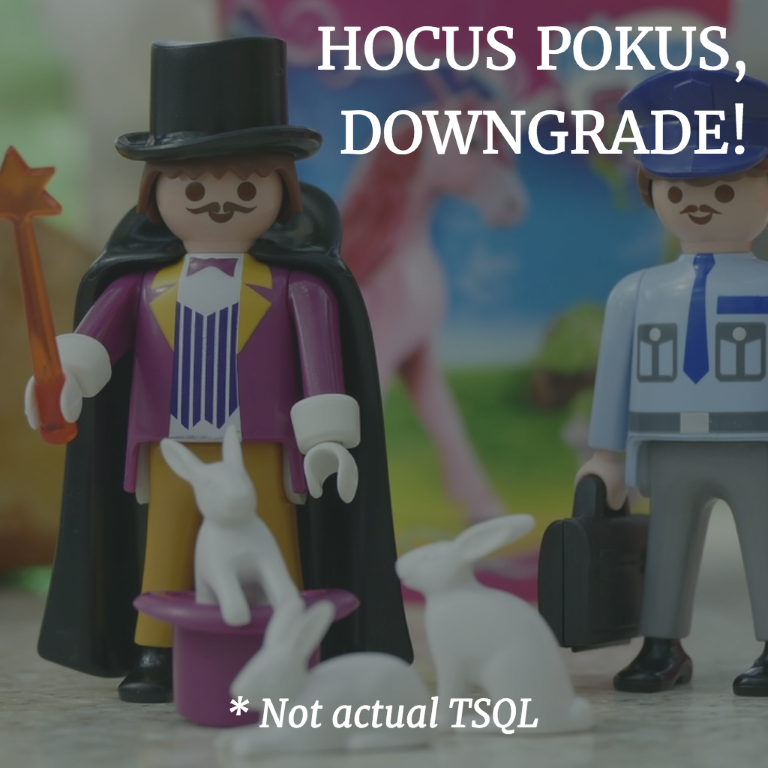Should I change the locks configuration in SQL Server?
I recently got a fantastic question from a reader regarding lock usage in SQL Server:
One of my production databases has a total lock count around 25,000 (select count(*) from sys.dm_tran_locks). The configuration setting for locks is set to the default of zero. This lock count is due to multiple procedures which frequently run and use the same 2-3 tables, repeatedly taking out and releasing locks. Do I need to change the configuration for locks or look into the SP’s so they can finish more quickly, rather than creating locks?






